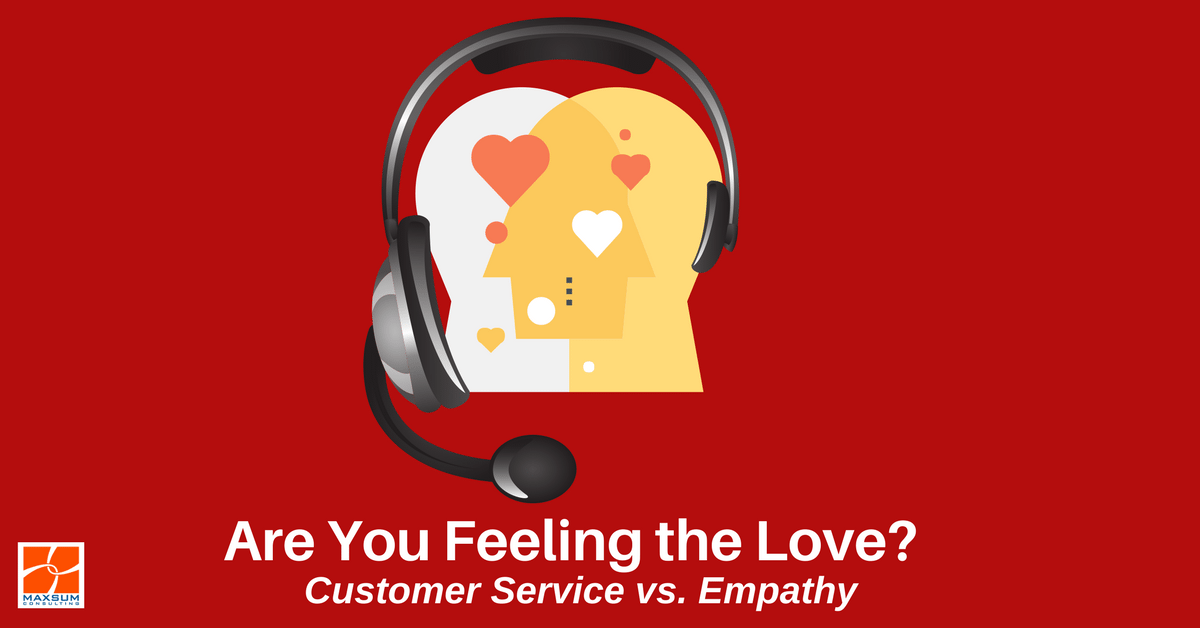Customer Service vs Empathy in the new race to win friends and influence people
I recently read an article on how to show empathy in customer service, which advised service providers to show “customers they care” by using 30 or so recommended “Empathy Statements”. Nice and easy – job done! But all this did was make me realize that in actual fact the ideas of service and empathy are at opposite ends of the stick.
Embodying empathy as an essential component of today’s millennial business and service models, does not equate at all with the traditional one-directional provision of service model. What users and providers alike are actually yearning for is an optimal customer experience. This takes us out of the realm of what is clearly measurable or indexable in the provision of service and into something far more cerebral. We are no longer just talking about how our product/solution/offering works and what it can do, but instead how it will make the user feel as it satisfies an identifiable but perhaps non-quantifiable need. It’s a change in focus – a different conversation we need to start having with our customers and employees alike to cut through the tech or business speak and drill down to the emotional response level. An associate of mine, Marco Gianotten, encapsulates this idea simply and brilliantly in his book Digital Empathy1, by comparing the approach original MP3 player manufacturers took with that of Apple for the iPod: Here’s an MP3 player with 5GB of storage, or here’s one that lets you carry around 1,000 songs in your pocket!
But to be able to effectively elicit a good customer experience, the organization will need human talent that is also feeding off the rewards of providing a good customer experience. Not only does this create a cycle of trust, and springboard for an open and productive customer relationship going forward, this is going to be an essential benchmark by which organizations can attract the best personnel. The millennial employees that we are going to need to drive this paradigm shift are looking for a different kind of working experience, they are looking for human connections and emotionally rational solutions to problem solving that will satisfy not only the clients’ and organizations’ needs, but their emotional needs as well.
I can see this kind of talent being nurtured right before me with what my 9 year old daughter recounts from her emotional intelligence program at school2 . When facing a problem, she is learning to sense – stop – think of her best self – strategise – and succeed!
Clearly current and future generations are coming into the marketplace with more emotional intelligence than those before. The challenge now for organizations and IT at large is to learn to speak this common language of empathy both within the organization and so as to engage a wider and more committed audience.
1 Giantotten, Marco (2016) Digital Empathy When Tech Meets Touch. Amsterdam, Leijten
2 RULER http://ei.yale.edu/ruler/the-anchors-of-emotional-intelligence/


